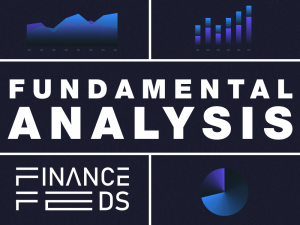Broadridge to provide Smith & Williamson with SRD II solution
The SRD II proxy solution is set to assist Smith & Williamson in meeting the new EU regulatory requirements commencing September 2020.

Fintech company Broadridge Financial Solutions, Inc. (NYSE:BR) has announced an agreement to provide financial and professional services firm Smith & Williamson Group with its Shareholder Rights Directive (SRD II) solution for proxy voting. Smith & Williamson is using the Broadridge solution to support its discretionary and non-discretionary execution clients, spanning both institutional and retail investors.
An existing user of Broadridge’s shareholder communication solutions, Smith & Williamson has upgraded to Broadridge’s enhanced end-to-end Global Proxy solution to fulfill its new responsibilities under SRD II, which had a regulatory readiness deadline of September 3, 2020. This includes the distribution of meeting agendas within stricter timeframes, reconciling votes on a daily basis and processing votes “without delay.” It also handles all aspects of vote confirmation, including timely electronic confirmation back to shareholders.
“We take our regulatory obligations extremely seriously and it is important to us, and to our clients, that we are well-prepared for a smooth transition that mitigates compliance risk and delivers the combined benefits of greater process efficiency and higher governance standards,” said Nick Murphy, Partner, at Smith & Williamson Investment Management LLP.
“We are delighted to continue to work with Smith & Williamson to meet its shareholder communications needs,” said Demi Derem, general manager of Broadridge’s International Investor Communication Solutions. “Smith & Williamson was one of the first brokers to recognise the implications of SRD II to its business and also understood why being ready for SRD II compliance would be so important to its clients.”
SRD II is global in its scope, insofar as it impacts any financial intermediary that holds or services European equities, irrespective of where the firm is located. It applies to all types of financial intermediaries, including banks and brokers, wealth managers and central securities depositaries (CSDs).









